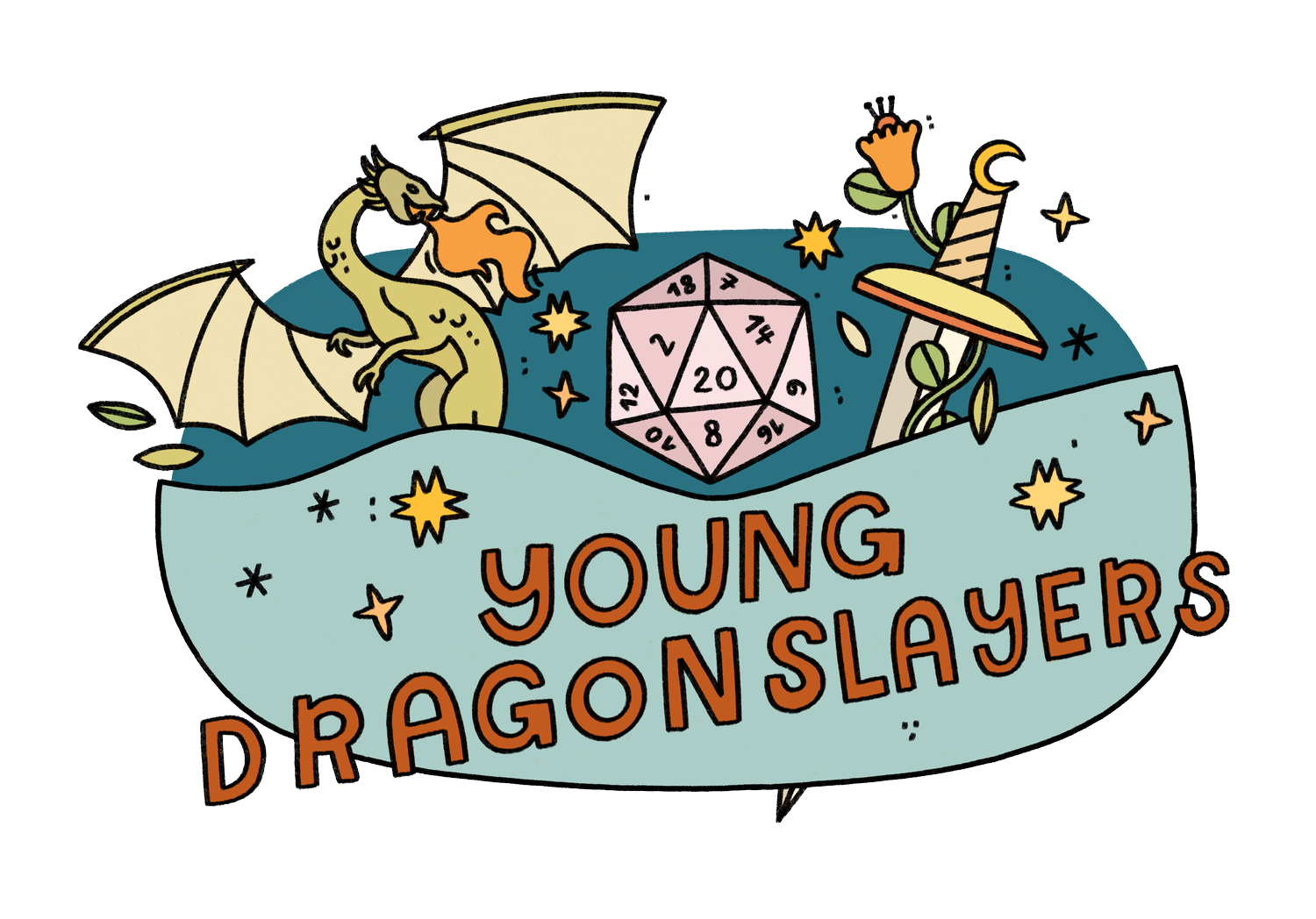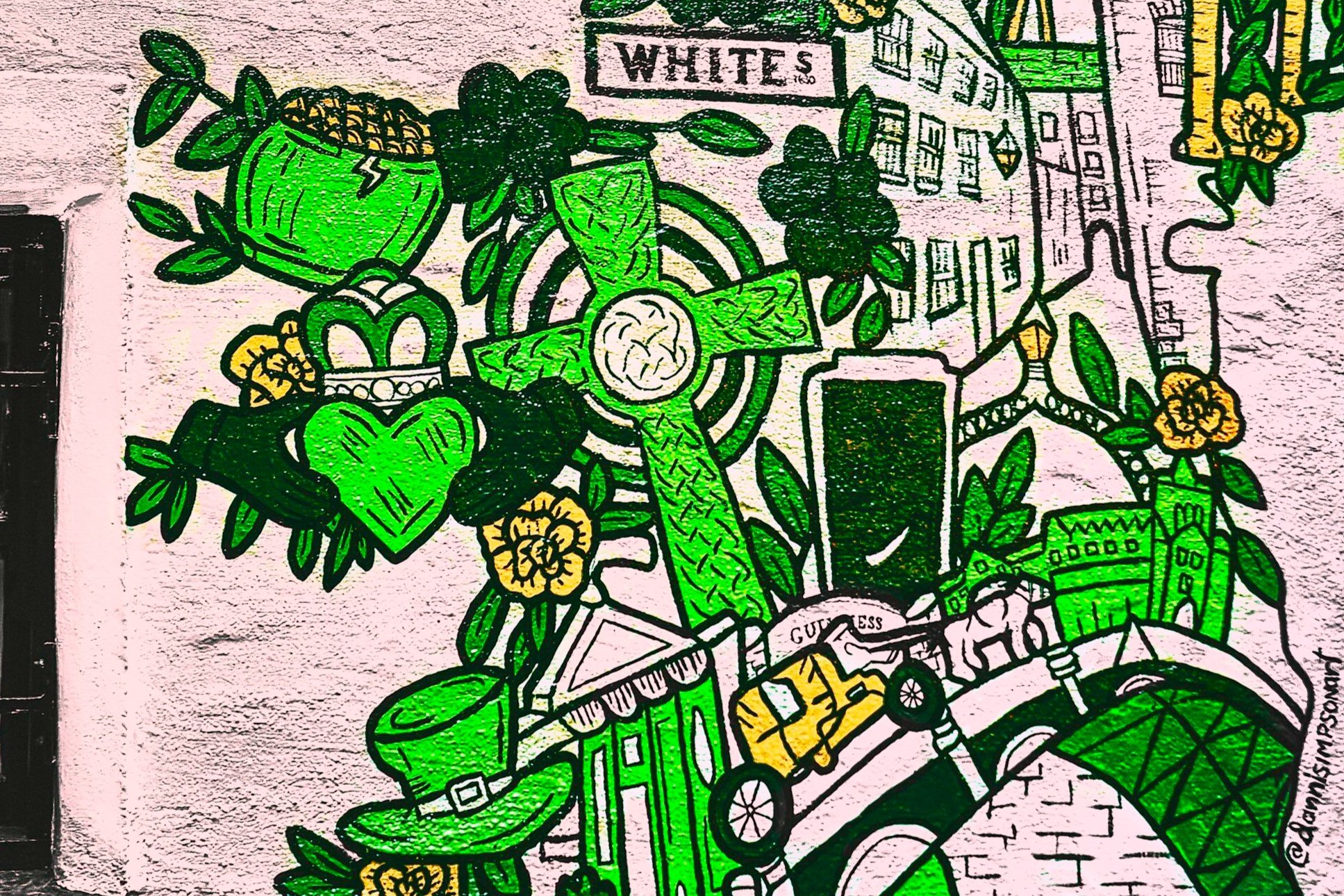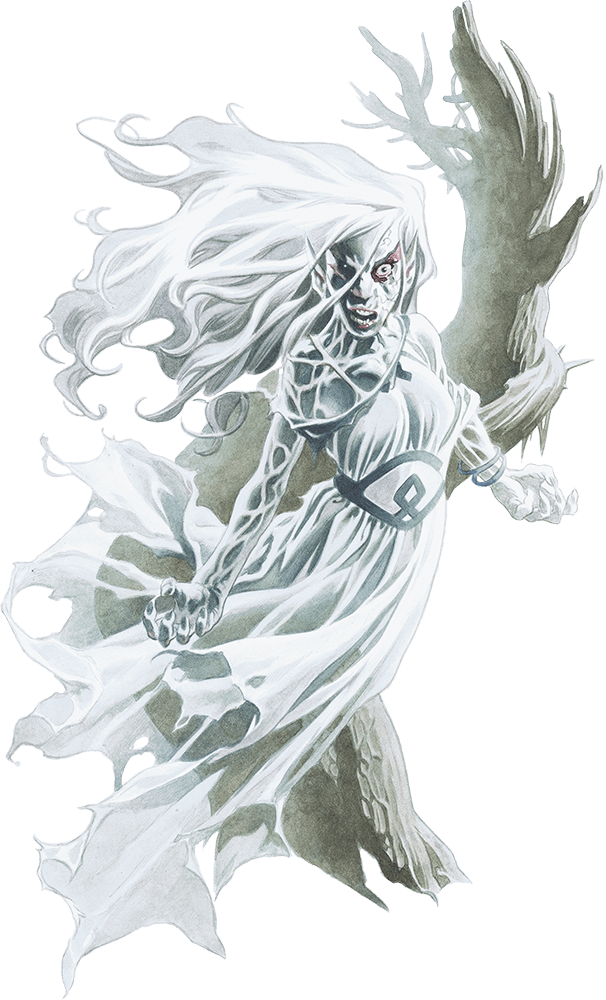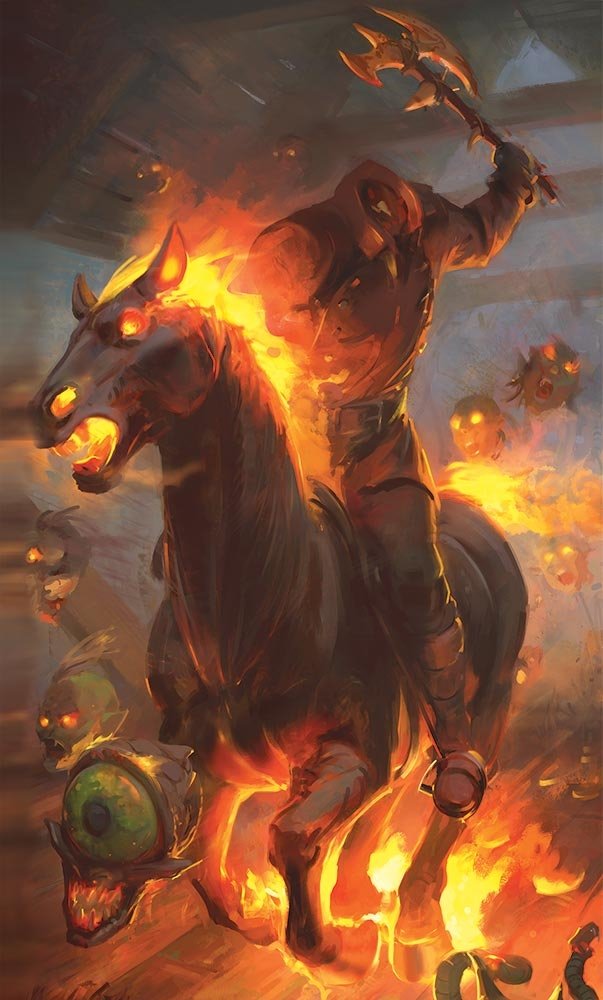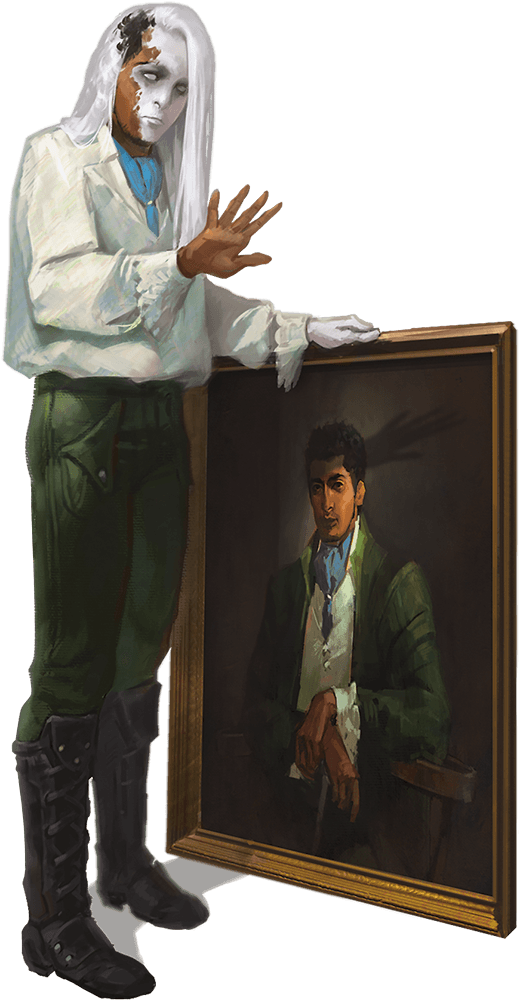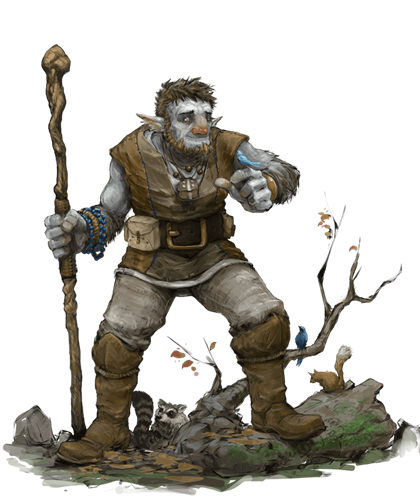5 D&D Creatures Inspired by Irish Mythology
There are whole books filled with wondrous monsters, difficult enemies, and interesting characters for use in Dungeons & Dragons games. These creatures come from all different places - fantasy tropes, popular stories, and, of course the imagination of D&D creators. Many come from real-world mythologies: Medusa from Greek mythology, the Sphinx from Egyptian mythology, or Frost Giants from Norse mythology. But these popular mythologies aren’t the only ones to make an appearance in the world of D&D. Irish mythology is filled with its own array of strange and wondrous tales, many of which got their own interpretation in the official lore of Dungeons & Dragons! Let’s take a look at a few.
Banshees (Irish Spirits)
In Irish myth, a banshee is a spirit that takes the appearance of a young woman with long pale hair and piercing eyes. When death is near, this spirit runs wildly and lets out terrible screams that can be heard on the mortal plane. In stories, people fear banshees as a harbinger of death.
In the world of D&D, a banshee is also a female-presenting spirit, albeit that of an elf. Banshees are cursed to haunt the place where they died and be overtaken with hatred for the living. Anybody who sees a banshee risks being trapped by fear; anybody who touches one is corrupted by the banshee’s undead aura. D&D banshees, of course, have the shrieking power of their mythological counterparts; once per day, they can let out a Wail, which deals massive psychic damage if you’re lucky and reduces your hit points to 0 if you’re not!
2. Fomorian (Irish Giants)
In Irish mythology, Fomhóraigh are evil supernatural giants who emerged from beneath the ground and the sea, bringing death and destruction to the people of Ireland and their holy protectors, the Tuatha Dé Danann. The Fomhóraighs and the Irish people fought back and forth for many years until one final battle in which Fergus Lethderg led the Irish and Morc son of Dela led the Fomhóraigh.
One story featuring the Fomhóraigh will probably sound familiar if you’re a fan of Greek mythology! A prophecy foretold that the leader of the Fomhóraigh, Balor, would be killed by his grandson. Hearing of this, Balor trapped his daughter, Ethniu, in a glass tower to prevent her from having children. Cian, of the Tuatha Dé Danann, teamed up with a druid, Biróg, to break into the tower, and Ethniu had triplets with Cian. Balor killed two of them, but Biróg saved the third, who was named Lug. Lug later led the Tuatha Dé Danann in battle against Balor; Lug killed him with a well-placed slingshot strike that popped Balor’s eye out of the back of his head. Must have been a natural 20!
In D&D, Fomorians are similarly evil. They’re a race that once sought to conquer the Feywild but, once their evil nature altered their bodies, they scattered to the Underdark. There, the Fomorians keep slaves for labor and food, and they decorate their dwellings with the bodies of those they have slain. Like the legendary Balor, Fomorians have an evil eye which can deal psychic damage just by looking at you! This eye can also bestow a curse of “magical deformity” much like those experienced by the Formorians themselves. Those on the receiving end of this curse have significantly lower speed, strength, and dexterity as a result of the Curse of the Evil Eye.
If you’d like to feature a Fomorian in your D&D games you should know that, as an evil race, Fomorians actually fall into one of many harmful and ableist stereotypes of disability in fiction. The fact that their disabilities are a direct result of their evil natures makes this even worse. Consider keeping the mechanical elements, but reflavoring the “deformed bodies” aspects of Fomorians’ appearance (You can give them glowing eyes, a reddish aura, or physical signs of their evil deeds, like a necklace made of their victims’ teeth) and the “magical deformities” of the Curse of the Evil Eye (You can make spirits shouting evil things in the character’s ears, make their feet become suddenly heavy, or have their mind overtaken by the desire to follow the Fomorian’s evil ways).
3. Dullahan (Headless Horsemen)
In Irish tales, the Dúlachán is a headless evil spirit riding a black horse; they carry their head in one hand and a whip in the other. Their heads bear a mouth filled with sharp teeth and are cursed to an eternal rot. Their whips are formed from human spines and are used to snap out the eyes of the rider’s victims. Some Dúlachán upgrade from a horse to a full coach; Dúlachán coaches are made entirely of bones, with two skulls as headlamps and a basin of blood to splash upon the unwary as an omen of death. That’s pretty spooky!
In D&D, Dullahan are still headless horse-riders, but they carry neither a whip nor their heads. In fact, in the world of D&D, Dullahan have lost their heads and been left obsessed with finding them and exacting revenge. They sling a necrotic battleaxe and can summon fiery skulls which they catapult at their enemies. If you think you’ve bested a Dullahan in combat, think again! Upon reaching 0 hit points, they come back to life and summon three Death Heads: a gnashing head, an aberrant head, and a petrifying head. All three heads are under the Dullahan’s control and have unique (and terrifying) bite attacks. When the heads have been summoned, the Dullahan can produce a horrifying wail from its neck-stump, dealing psychic damage and restoring the Dullahan’s health. Bet you’ve never seen a boss with that kind of phase 2!
4. Changelings (Fairie Children)
In Irish folk tales, faeries were said to come into homes through windows, kidnap human children, and replace them with changelings: supernatural beings who were magically altered to look like the kidnapped child. But these changelings didn’t quite copy humans perfectly; they stayed the same size through their whole life and sometimes had distinctly unchildlike features (like beards)! When left alone, changelings often leap up to dance, sing, and play instruments (usually the bagpipes), which tips off humans to their fairie nature.
In D&D, changelings are the size of human adults and can alter themselves to look like any medium humanoid from an Aasimar to a Zerth. Unlike in the original stories, their forms are perfect and difficult to spot through nonmagical means. Because of this, changelings often live out the lives of a whole cast of characters of their own creation.
If you’d like to feature a changeling in your D&D games, you should know that changeling folklore likely came from real-life parents of children with developmental and intellectual disabilities. These parents, confused by a child who acted differently from them, may have explained this difference by claiming their child was replaced by a changeling - and sometimes doing pretty awful things to their kids as a result. Consider limiting changeling appearances in your games to teens and adults so as not to evoke this harmful history.
5. Isolde (Epic Irish Princess)
In one epic tale, Isolde is an Irish princess who used her remarkable skills as a physician to tend to a wounded man named Tristan. When she found out that he was a Cornish knight and had just killed her uncle Morholt,* Tristan ran away. He later defeated a dragon, and Isolde’s parents, impressed by the deed, forgave him and granted him permission to escort Isolde to her betrothed. On the journey, the two of them drank a love potion, swiftly fell in love with one another, and ran away to embark on many adventures together. What these adventures entailed depends on who’s telling the story, but there’s plenty of them to go around!
*(Fun fact: Morholt was one of the knights of the Round Table)
In D&D, Isolde’s adventures occur in the Feywild. An elven paladin, Isolde fought dragons, demons, and fiends alongside her many heroic companions. Zybilna, a fey who had pacts with said fiends, had Isolde’s companions slain, tricked Isolde into becoming friends, and erased her memory. Eventually, though, Isolde was able to escape to a fey carnival. She is a powerful magic user who wields Nepenthe, a sentient longsword who hungers for blood. The legendary sword also grants her and her companions strength against magic spells and deals radiant damage - true to the paladin class of its wielder!
More Irish D&D Adventures Await!
There are far more characters, creatures, and tales from Irish mythology than we could possibly list in one blog post. In addition to honorable-mention creatures like Balor of the Evil Eye, Merrow, and the Man-Wolves of Ossory, there are playable options inspired by Irish lore such as the Fir Bolg and the Druíds. If you’ve ever been curious to play as one of these characters, explore an adventure inspired by your favorite mythology, or even just check out this fantastical world of Dungeons & Dragons, we invite you to join our games! We have professional Dungeon Masters who run awesome adventures for tweens and teens online, and we’d be happy to have you join us. If you’d rather write the adventure yourself (perhaps using elements like these creatures), we also have online and in-person programs where you can learn to run your own games:
